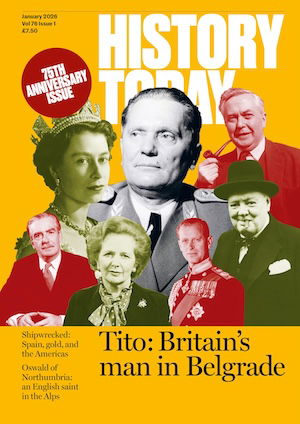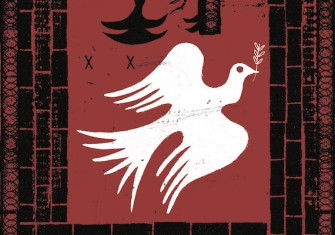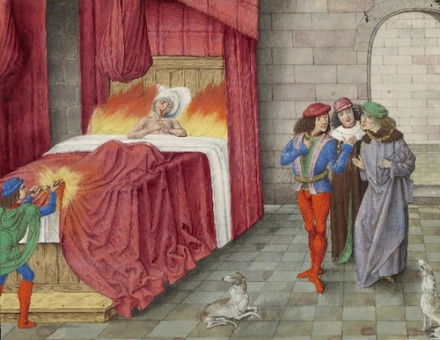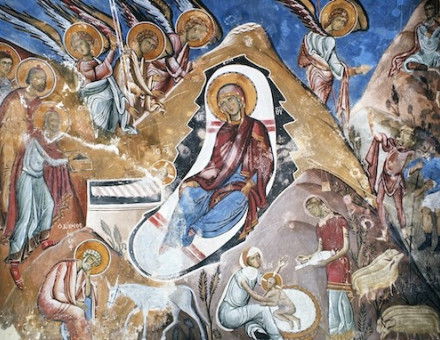Count Folke Bernadotte: Sweden’s Servant of Peace
Folke Bernadotte was a great humanitarian who navigated the perilous path between warring parties, a mission that was to cost him his life.
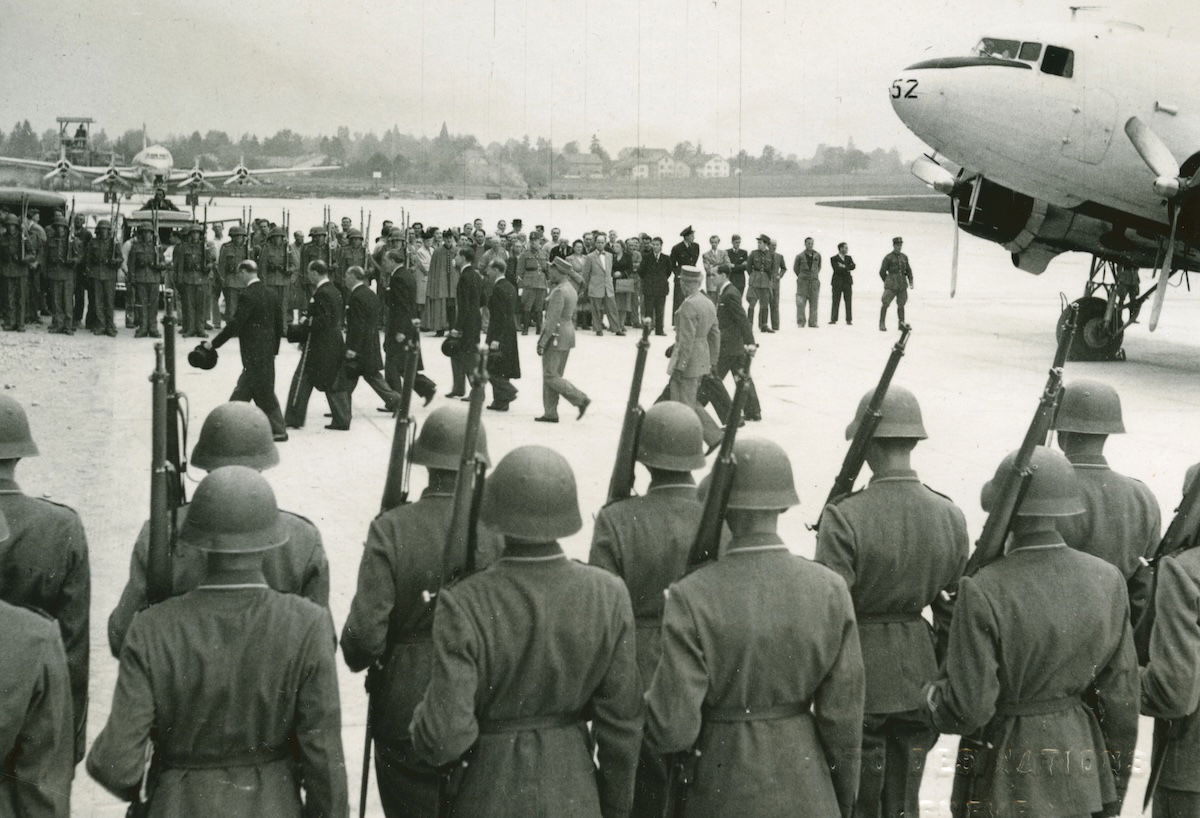
On 17 September 1948 Count Folke Bernadotte, the first of many United Nations mediators assigned the thankless task of attempting to find a peaceful solution to the seemingly intractable problem of hostility in the Middle East, was assassinated in Jerusalem. He had arrived in the city on a mission to establish a ceasefire between the Arabs and the newly proclaimed state of Israel. His killers were members of the extremist Jewish group Lehi – often called ‘the Stern Gang’ – who had already murdered several British officials and soldiers administering the mandated territory of Palestine before the birth of Israel.

